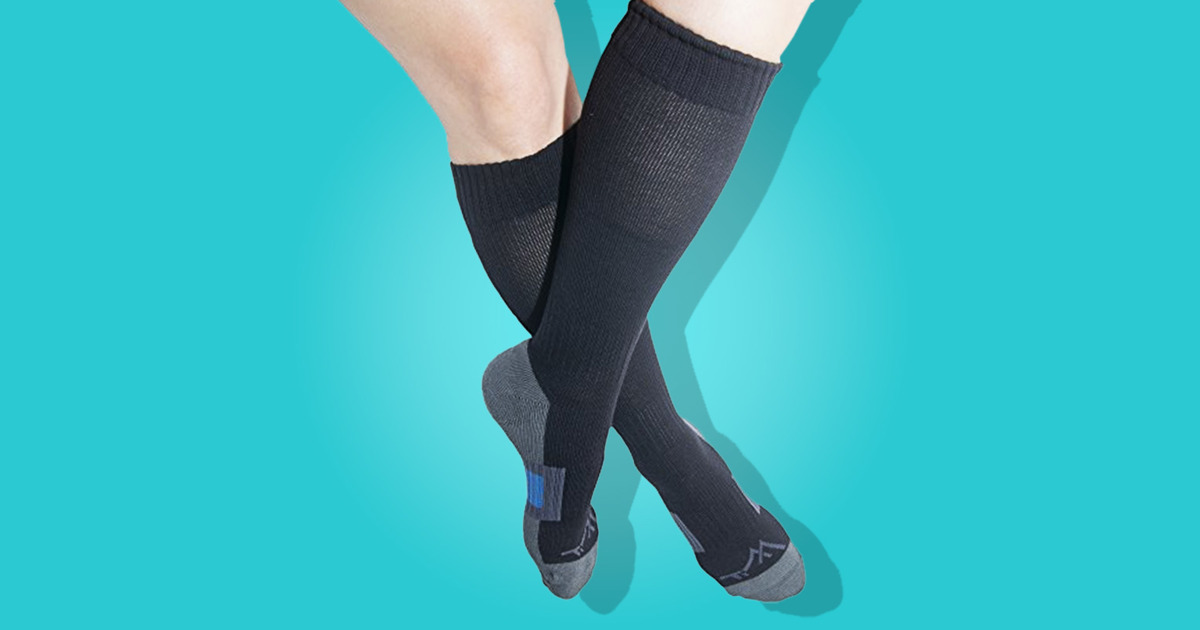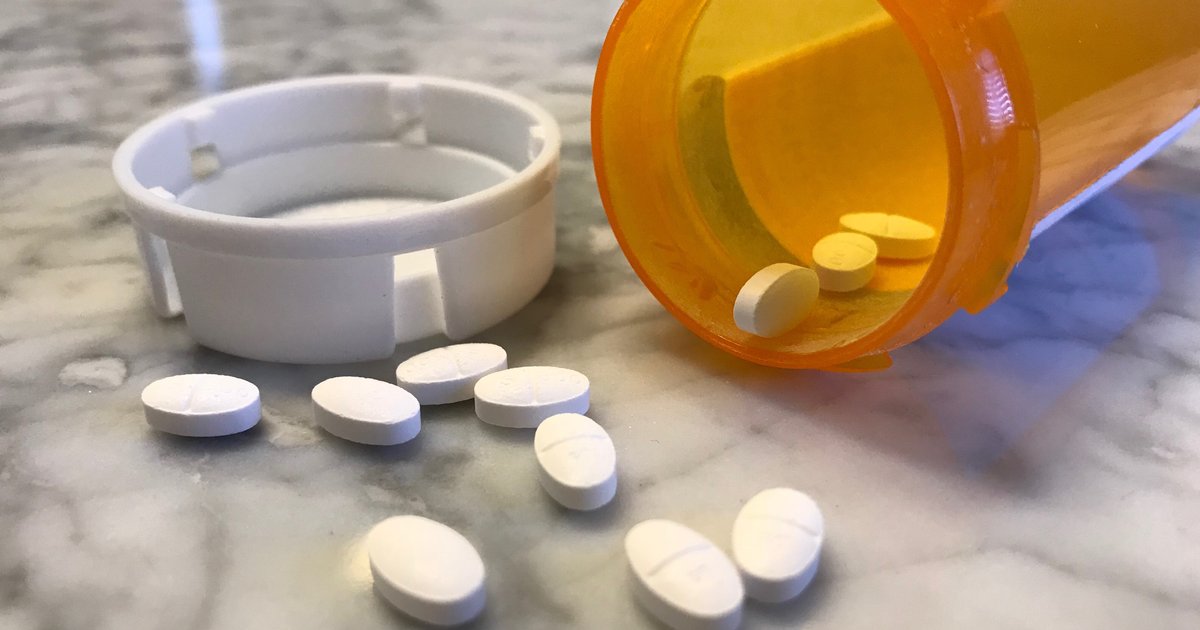Guide To Treating Superficial Thrombophlebitis
Superficial thrombophlebitis is a condition where a blood clot has formed and causes inflammation and improper circulation in the veins of the legs. Though unlikely, this can also happen in the arms. Symptoms include irritated, swollen skin above the affected vein, pain that intensifies with touch, and swollen feet or ankles. The affected vein feels like a cord under the skin. Most often, this condition will go away on its own in one to two weeks, but if it does not, surgery may be required. Left untreated, the clot may break off and travel through the bloodstream to important organs such as the lungs. If blood flow is blocked there, it can lead to death. The following slides will discuss ways to treat superficial thrombophlebitis.
Apply A Warm Compress

A warm compress is an item such as a cloth or pad that can be heated with water or by other means. It is then applied to the skin with pressure above the inflamed vein. The heat and pressure help relax muscles, ease pain, and improve blood flow. Individuals can easily purchase a compress designed specifically for medical purposes or make their own from household materials. A small cloth sack filled with rice, beans, or oats can be microwaved in short twenty to thirty-second increments to produce a weighted warm compress. One can apply a warm compress multiple times per day as needed for pain and swelling.
Wear Supportive Compression Socks

Compression socks and stockings are made specifically for preventing and treating conditions like superficial thrombophlebitis. By compressing all sides of the leg they are worn on, they increase blood flow through the veins. They also support vascular walls, lower pressure in the veins, and prevent blood from pooling within the veins. Compression socks can be found almost anywhere, including medical supply stores, and they come in many shapes and sizes to fit most needs. Some are knee-high tube socks, while others are simple sleeves open at both ends to pull up over the legs. They are also available in socks that come up to the waist. There are varying degrees of compression, some of which require a prescription from a doctor. Individuals can wear supportive compression socks while applying heat to amplify their effects.
Anti-Inflammatory Medication

Anti-inflammatory medication will help reduce swelling in the veins and surrounding tissues. They will also thin the blood to an extent, allowing for blood to flow easier. Anti-inflammatory medications, sometimes called non-steroidal anti-inflammatory drugs, include acetylsalicylic acid, naproxen, and ibuprofen. They can easily be purchased over-the-counter, or a doctor can recommend stronger medications if the need is warranted. Anti-inflammatories work by blocking an enzyme involved in the synthesis of prostaglandins, which cause inflammation and pain. By reducing prostaglandin production, pain and inflammation are also reduced. As with most medicines, it is important to begin with the lowest dose possible to avoid developing side effects such as cardiovascular disease and gut issues.
Elevate The Leg

In combination with applying warm compresses and wearing compression socks, elevating the legs can help ease the symptoms of superficial thrombophlebitis. Essentially, individuals should raise their legs above their heart table or chair. Elevating the leg affected helps increase blood flow from the veins into the rest of the body, and also keeps blood from pooling while sitting in the same position for an extended period. Not only is this helpful in reducing inflammation and improving blood flow, but it also relieves the pressure gravity puts on legs daily. This simple act provides instant relief.
Strip Or Remove The Vein

In severe or recurring conditions, a doctor can strip or remove the vein surgically, a process that requires local anesthetic. A doctor will remove the great saphenous vein by inserting a tiny plastic or metal wire into it and pulling it out of the body. Though incisions are usually quite small, an overnight hospital stay is required, and recovery can take between two to eight weeks. As with any surgery, patients need to watch for signs of infection including redness of the incision sites, fever, and swelling. Other risks include bruising, scar formation, and swelling in the leg due to lymphatic system disruption during surgery. A rare, but serious risk includes damage to the saphenous nerve, which could cause numbness and tingling.
